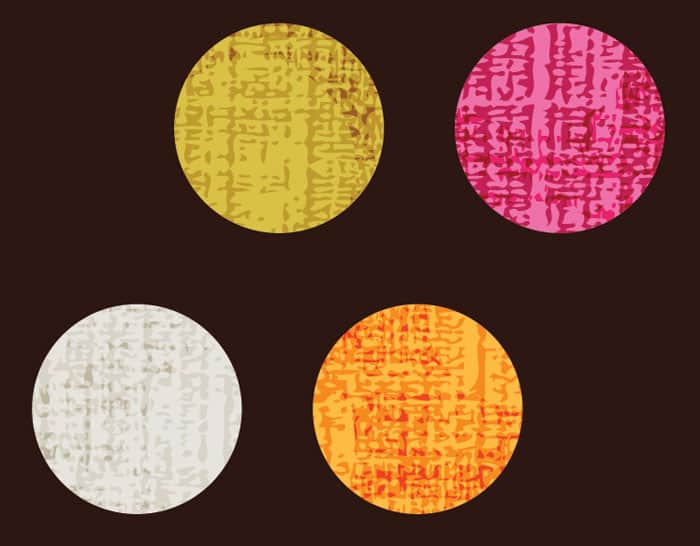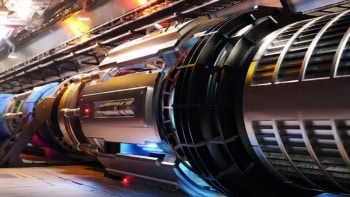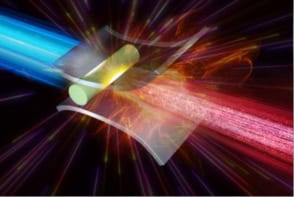
By Tushna Commissariat
In June we reported that physicists working on the BESIII experiment in Beijing and the Belle experiment in Tsukuba, Japan found evidence for a new “charged charmonium” called Zc(3900). A “charged charmonium” is a particle that is made of four quarks – something that had never been seen before. Since that discovery, the BESIII collaboration says it has made “a rapid string of related discoveries” of four-quark particles. “While quarks have long been known to bind together in groups of twos or threes, these new results seem to be quickly opening the door to a previously elusive type of four-quark matter,” says Frederick Harris, spokesman for the BESIII experiment. “The unique data sample collected by the BESIII collaboration has continued to yield a stream of clues about the nature of multi-quark objects.”
The recent discoveries at BESIII are a direct result of a dedicated study of the by-products of the anomalous Y(4260) particle – the most mysterious of the so-called “XYZ” particles, that was discovered at the BaBar experiment in the US. By carefully observing how the by-products decay, the team is able to work out the particle’s quark contents. The researchers managed to first observe the Zc(3900) particle, followed by Zc(4020) particle and most recently spotted in the decays is the electrically neutral X(3872) particle – one that had been detected more than 10 years ago, and has long been suspected to be a four-quark object.
“The year 2013 has so far been an exciting one for the BESIII experiment,” Harris says. “Using decays of the Y(4260), a family of four-quark objects has begun to appear. While the theoretical picture remains to be finalized, more and more clues are suggesting that we are witnessing new forms of matter. And while a new ‘zoo’ of mysterious particles is emerging, it seems a new classification system may soon be at hand to understand it.”



